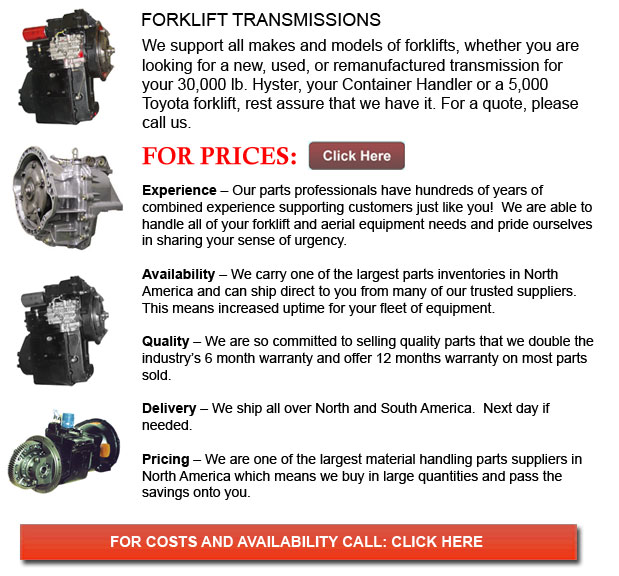
Forklift Transmissions - Utilizing gear ratios, a transmission or gearbox supplies speed and torque conversions from a rotating power source to another machine. The term transmission refers to the complete drive train, as well as the gearbox, prop shaft, clutch, final drive shafts and differential. Transmissions are most normally used in motor vehicles. The transmission alters the output of the internal combustion engine so as to drive the wheels. These engines need to function at a high rate of rotational speed, something that is not right for stopping, starting or slower travel. The transmission increases torque in the process of reducing the higher engine speed to the slower wheel speed. Transmissions are likewise used on fixed equipment, pedal bikes and wherever rotational torque and rotational speed require alteration.
Single ratio transmissions exist, and they work by changing the speed and torque of motor output. Numerous transmissions comprise multiple gear ratios and the ability to switch between them as their speed changes. This gear switching can be accomplished by hand or automatically. Forward and reverse, or directional control, may be provided too.
In motor vehicles, the transmission is usually attached to the crankshaft of the engine. The transmission output travels via the driveshaft to one or more differentials and this process drives the wheels. A differential's most important purpose is to be able to adjust the rotational direction, even though, it can likewise supply gear reduction too.
Power transmission torque converters as well as different hybrid configurations are other alternative instruments used for speed and torque adaptation. Traditional gear/belt transmissions are not the only mechanism offered.
Gearboxes are referred to as the simplest transmissions. They offer gear reduction normally in conjunction with a right angle change in the direction of the shaft. Often gearboxes are used on powered agricultural equipment, otherwise called PTO equipment. The axial PTO shaft is at odds with the common need for the powered shaft. This particular shaft is either vertical, or horizontally extending from one side of the implement to another, depending on the piece of machine. Snow blowers and silage choppers are examples of more complex equipment that have drives providing output in many directions.
In a wind turbine, the type of gearbox used is a lot more complex and bigger compared to the PTO gearbox utilized in agricultural equipment. The wind turbine gearbos converts the high slow turbine rotation into the faster electrical generator rotations. Weighing up to quite a few tons, and based upon the actual size of the turbine, these gearboxes generally have 3 stages to achieve a whole gear ratio starting from 40:1 to more than 100:1. In order to remain compact and to be able to supply the massive amount of torque of the turbine over more teeth of the low-speed shaft, the initial stage of the gearbox is usually a planetary gear. Endurance of these gearboxes has been a problem for some time.
![]() Click to Download the pdf
Click to Download the pdf
Forklift Parts
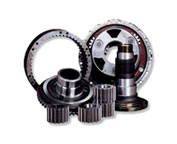
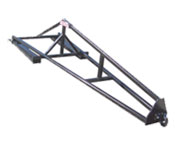
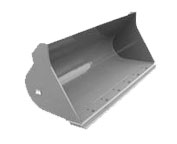
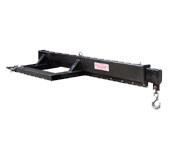
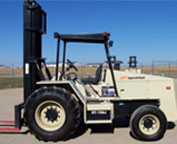
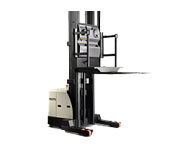
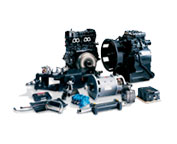
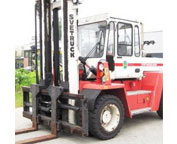
Lift Parts Express
TOLL FREE: 1-888-695-7994
LOCAL: 951-200-3156
25060 HANCOCK AVE 451
Murrieta, California
forkliftpartsmurrieta.com
Email Us
About Us


